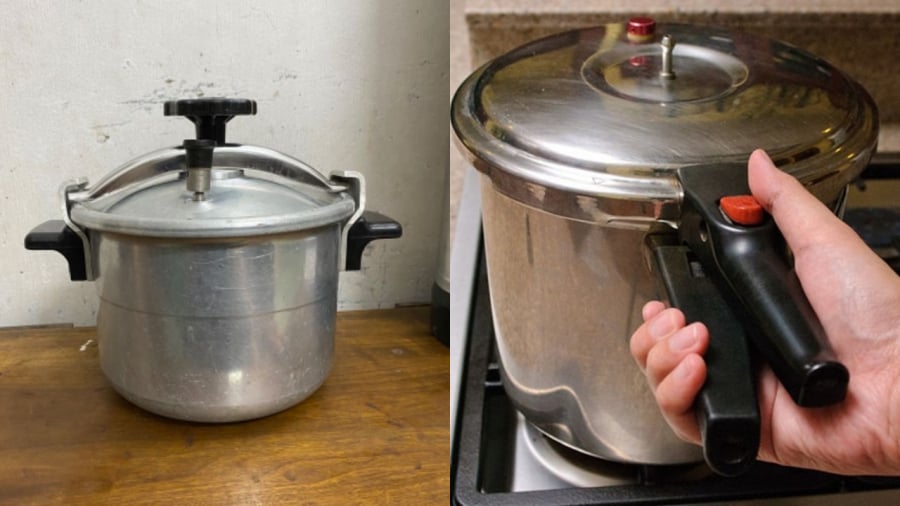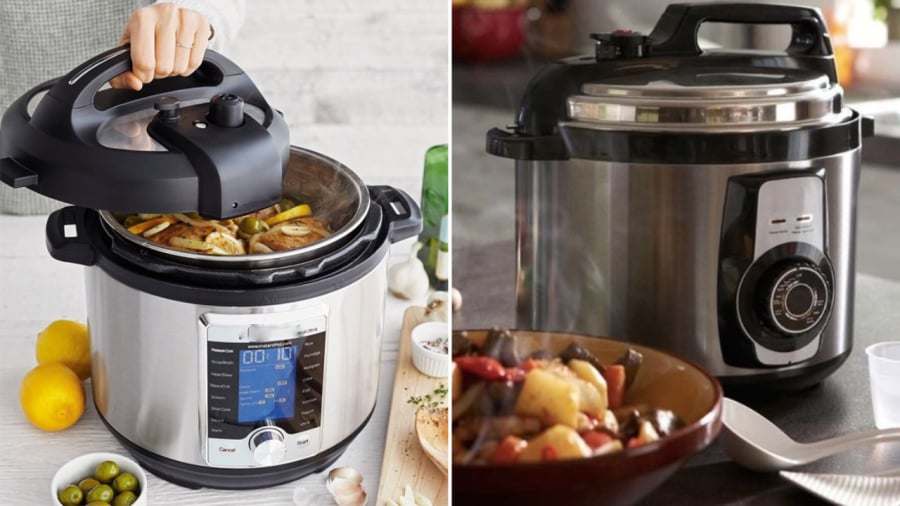Pressure cookers have become a popular choice in the kitchen, helping to reduce the time needed for simmering and braising food, as well as saving on gas and electricity costs. With traditional pots, the lid remains closed during the cooking process, trapping the heat inside and increasing the pressure. This results in a higher boiling temperature, typically above 100 degrees Celsius, leading to faster cooking times.
Drawbacks of Traditional Pressure Cookers
While traditional pressure cookers offer convenience, they also come with several limitations.
- Limited Functionality
Traditional pressure cookers are primarily useful for dishes that require long simmering times, such as stews and braises. They are not typically used for other types of cooking.
- Inconvenient Cleaning
Traditional pressure cookers have small crevices and air holes that are difficult to clean. If not properly sanitized, these areas can become breeding grounds for mold and bacteria. Additionally, some models have rubber gaskets that tend to deteriorate over time, affecting cooking performance and safety.

- Safety Concerns
The high pressure generated in traditional pressure cookers can pose safety risks. When the lid is opened, there is a chance of being scalded by the rapid release of steam. Additionally, if the vent pipe becomes clogged, usually due to a lack of proper cleaning, the increased internal pressure could lead to an explosion.
Modern Alternatives to Traditional Pressure Cookers
Instead of relying on traditional pressure cookers, many households are now opting for electric pressure cookers. These modern appliances offer enhanced functionality and are considered safer than their predecessors.
- Versatility
Electric pressure cookers are designed with multiple functions, including pre-set programs for cooking rice, porridge, slow cooking, and keeping food warm. Users can select the appropriate function based on their needs.
- Faster Cooking
Electric pressure cookers automatically heat up and operate according to the selected program, simplifying the cooking process and reducing overall cooking times. Users only need to add ingredients, choose the desired setting, and let the cooker do the rest, eliminating the need for constant supervision as with traditional pressure cookers.

- Ease of Cleaning
Electric pressure cookers often feature non-stick inner pots, making cleaning a breeze. Additionally, components like the vent pipe and rubber gasket are designed for easy disassembly and thorough cleaning after each use.
- Enhanced Safety
Manufacturers have focused on improving the safety features of electric pressure cookers, incorporating multiple safety mechanisms such as safety valves, automatic pressure release valves, and temperature sensors. These features help prevent scalding and explosions by automatically releasing pressure or cutting off power when temperature or pressure exceed safe limits.
While electric pressure cookers may come at a higher price point compared to traditional ones, their superior convenience, functionality, and safety features make them a worthwhile investment for any modern kitchen.































